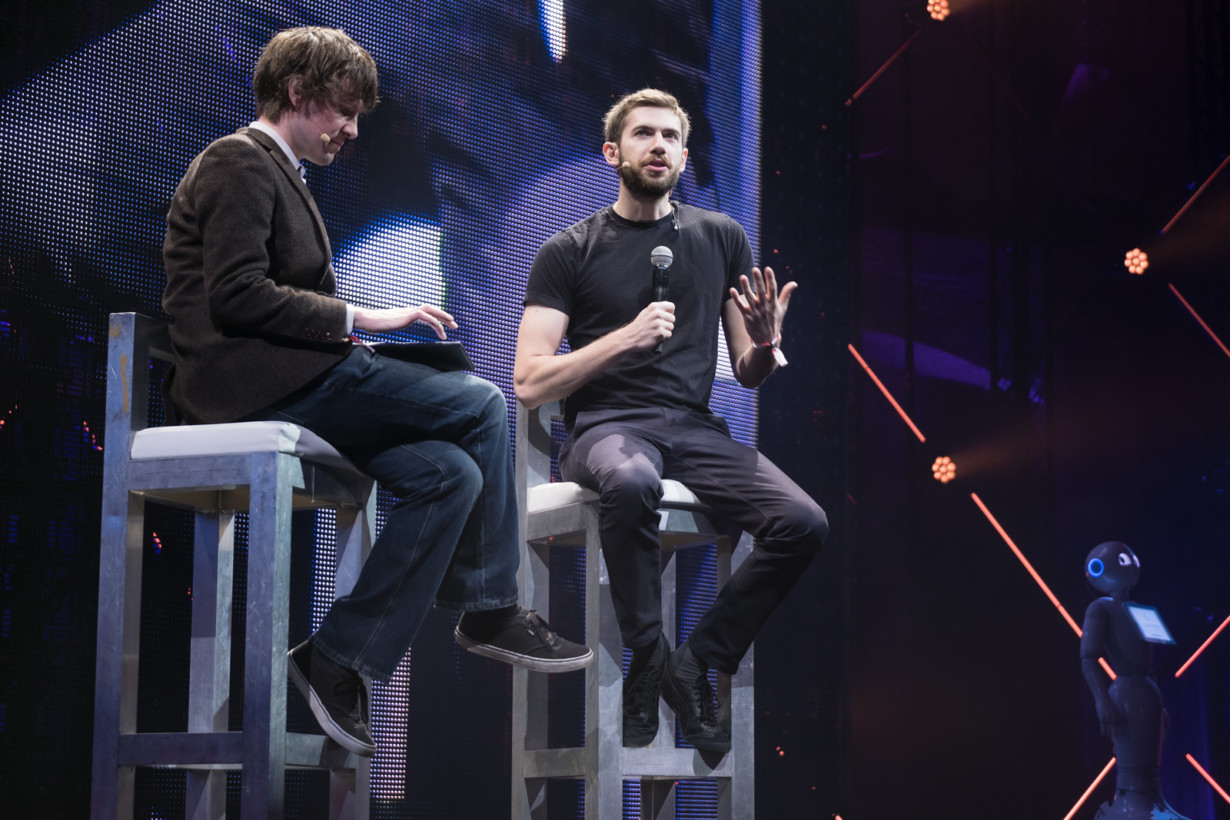No matter what country you live in or how old you are, one thing is abundantly clear: We’re in the middle of a mobile revolution that is changing the way we shop, travel and manage our finances.
Mobile is also presenting Chief Marketing Officers (CMOs) with new platforms to connect with customers as individuals. Marketing as we know it, geared to demographic segments, is being replaced by the “era of you.”
Just as the Internet shifted the way we shop, mobile computing is revolutionizing how businesses are reaching out to customers. The explosion of mobile, social networks, and location-based services are providing millions of clues as to what consumers crave. People are leaving digital breadcrumbs as they communicate with brands, compare prices and post opinions about their latest purchases.
While mobile computing is becoming the darling of marketers, its explosive growth rate is rather daunting, with more customers shopping via mobile devices every day. Forrester Research anticipates mobile commerce will exceed $31 billion by 2016. And by 2020 there will be 10 billion-plus devices in the pockets and palms of consumers.
But it’s a mistake for marketers to get caught up in the hype just around devices, because that’s only part of the picture. Over the next three to five years, the most radical advances in mobile computing will have next to nothing to do with devices — and everything to do with what marketers decide to do with them.
The beauty of mobile computing is that CMOs can reinvent digital commerce for consumers. This doesn’t mean replicating a PC browser experience for a smaller screen and then expecting it to miraculously drive transactions and bolster customer loyalty. Marketers need to step back, be creative and design a mobile environment that enables consumers to connect with the brand.
ING Direct wanted to grow its mobile banking business by appealing to social media-loving millennial consumers. The bank developed an app with a feature called “Small Sacrifices,” where consumers can link their savings progress to their social feeds. If someone decides to skip any purchase, they can click on the app, enter the amount saved, and transfer the amount to their savings account. The savings can be posted to their Facebook or Twitter account and proudly be shared with family and friends.

